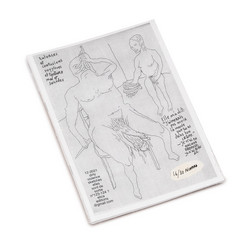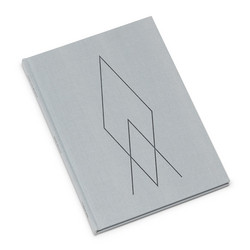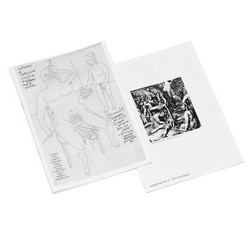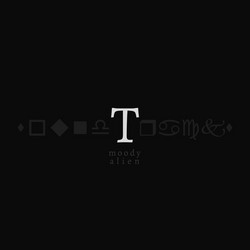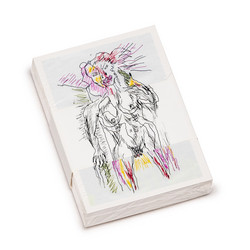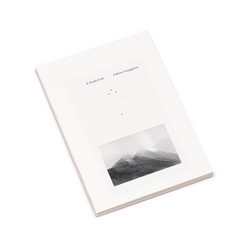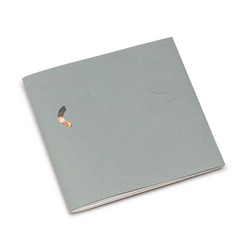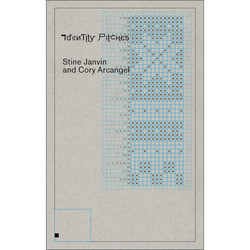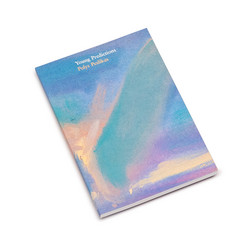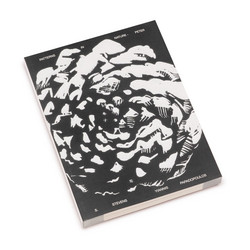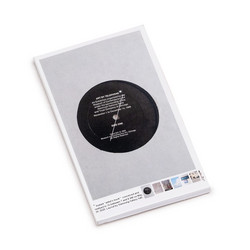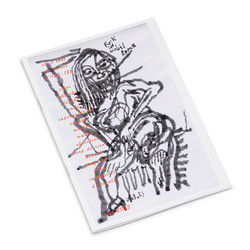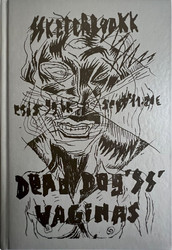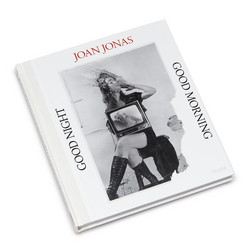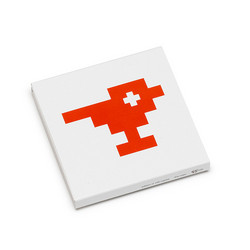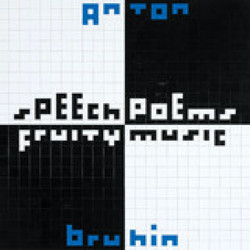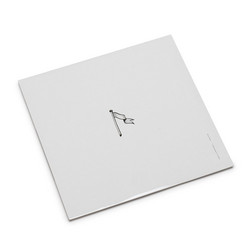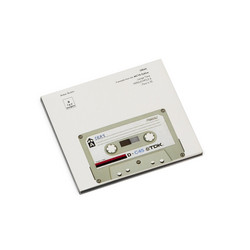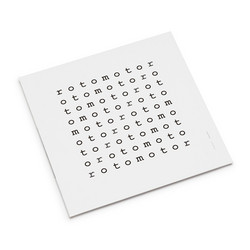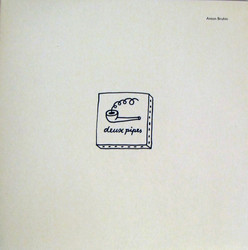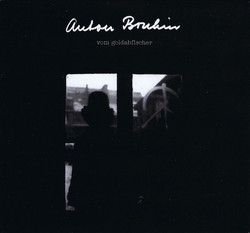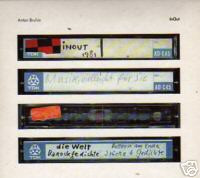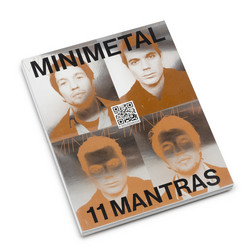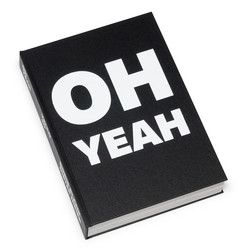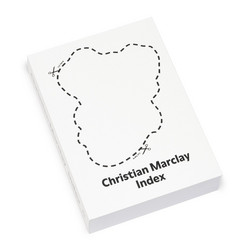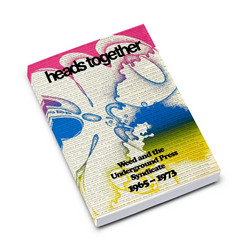Demons are mutable, their existence dependent on context. So, too, this series of 170-odd pictures by Swiss artist Anton Bruhin, is wholly dependent on what the eye sees in them. They appeal to the imagination, the pre-existing mental images in which we range our visual impressions. They play on patterns and archetypes innate to the human mind. Bruhin’s demons betray a profound sense of the nature of suggestion. But what would a current-day demon look like? The free-floating ghosts of yore, personifying vital and cosmic energies, were displaced over the centuries from the outside world into the inner life of living creatures, especially human beings, and came to be associated with evil: malevolent spirits that slip into things to whip them into a frenzy, to foist maladies and iniquities upon them, to unhinge them and set the destructive powers of fate on them.
Bruhin seems hell-bent on playfully rehabilitating the demon by portraying it as an ideal type of the postmodern, at once terrifying and comical. That it should assume the recognizable form of a face is hardly surprising. Bruhin’s pictorial experiments here, abstractly composed as they may be, invariably culminate in an amusing clarity. His pixelated creatures look hard-drinking, capable of irony, often jovial and delighting in flaunting their peculiarities. The longer you bounce back and forth between them, the more wondrously their facial expressions seem to epitomize states between gentle otherworldliness, an urge to smirk and a spooky furiousness: globular eyeballs of grease winking up at us from out of the primeval soup. Some are misshapen, some have weird feet. They may be grinning or belching, besprinkled with strange shades of yellow slime or with warts. But they merely toy with the terror they’re supposed to personify, laughing about it even as they spread it. They seem to know the viewer is their confederate in mischievousness. (Michel Mettler)
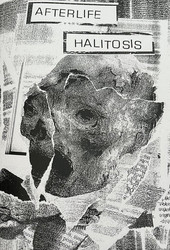
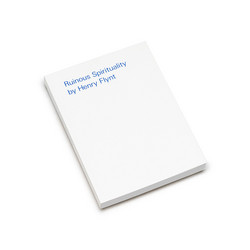
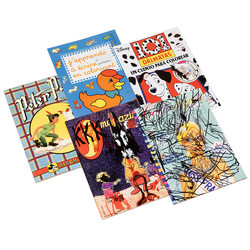
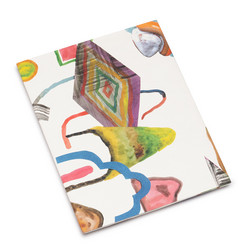
![Noisemakers[s]](https://cdn.soundohm.com/data/products/2024-03/NoisemakerS_Book_01-jpg.jpg.250.jpg)
